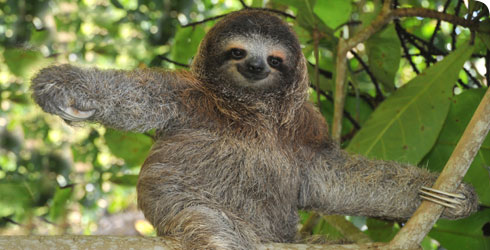Bradypus tridactylus (pale-throated three-toed sloth)
Bradypus tridactylus the pale throated three-toed sloth sleep or rest for about 20 hours a day.
Three-toed sloths inhabit forests and spend practically their entire life in the trees, where they hang beneath the limbs or sit in a fork.
Sloths are beautifully adapted to arboreal life. Their movements are slow and deliberate as they select the boughs to cling to with great care and safety.
Species detail
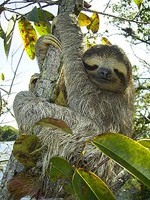
Pale-throated three-toed sloth © wikipedia
The head is round, hardly differentiated from the remarkably long and mobile neck. The body is thick-set and short. The arms are slender and each very long forefoot has three long claws.
The whole animal is covered with long coarse but soft and silky hair, which serves as a thatch in rain and dense under fur, acting as a protection against the attack of many foes.
The males are highly coloured for mammals, having bright orange ear patches and a rounded spot of the same colour in the middle of the back.
-

Taxonomy
Learn more about the physical features and evolution of the pale-throated three-toed sloth.
-

Habitat and distribution
Explore the areas of the world where the pale-throated three-toed sloth is found and environments they live in
-

Biology
Learn more about the biology and reproduction of the pale-throated three-toe sloth.
-

Behaviour
Discover more about how the pale-throated three-toed sloth lives, moves and rests.
-

Conservation
Find out more about threats to Bradypus tridactylus despite its widespread distribution.
-

References
Images

Bradypus tridactylus, the pale-throated three-toed sloth © www.iStockphoto.com
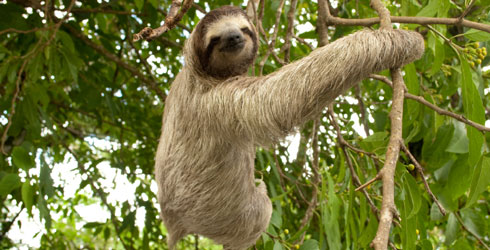
Bradypus tridactylus © iStock
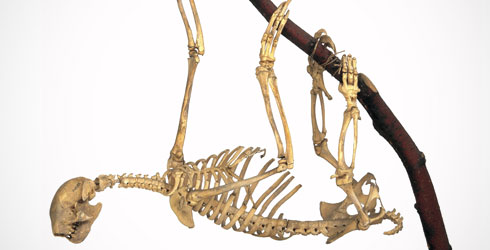
Bradypus tridactylus skeleton.
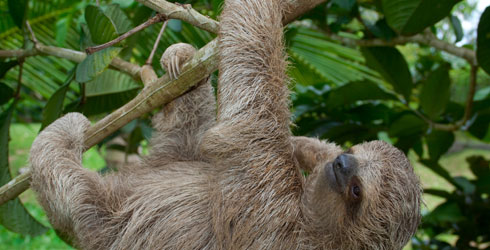
Bradypus tridactylus © www.iStockphoto.com

Bradypus tridactylus baby
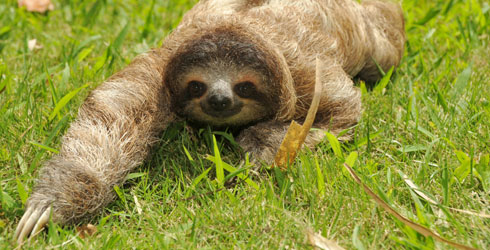
Bradypus tridactylus © www.iStockphoto.com
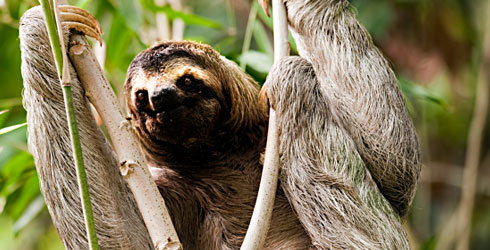
Bradypus tridactylus © www.iStockphoto.com

Pale-throated three-toed sloth © Wikipedia
